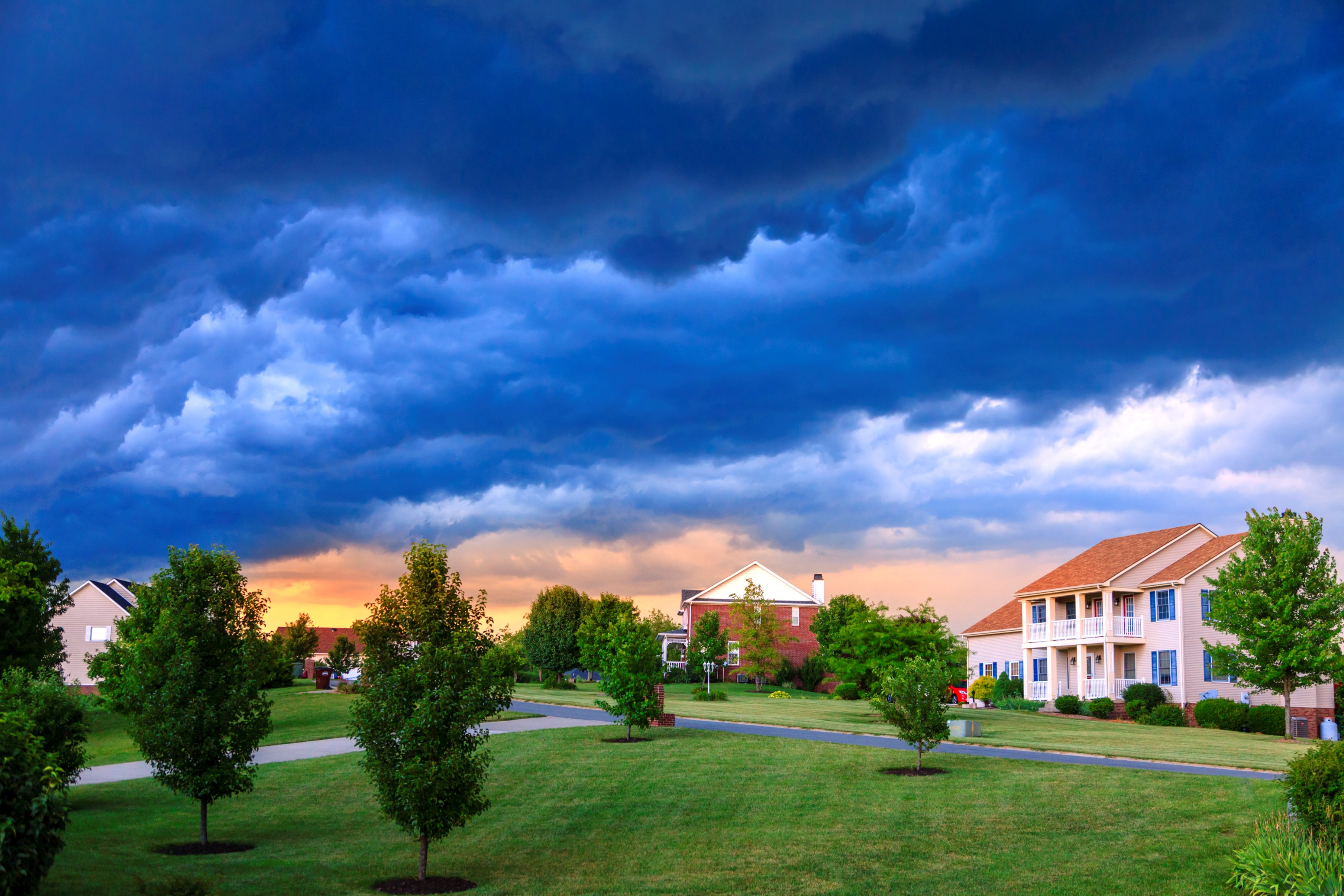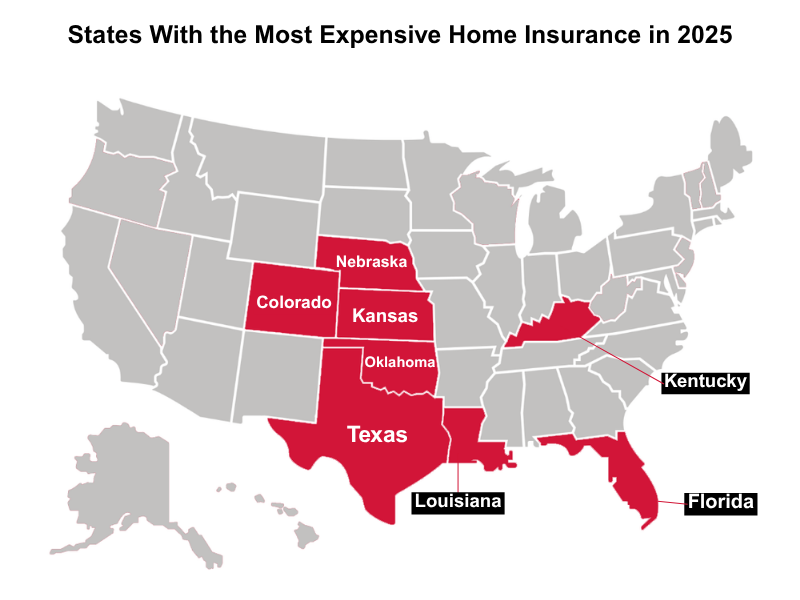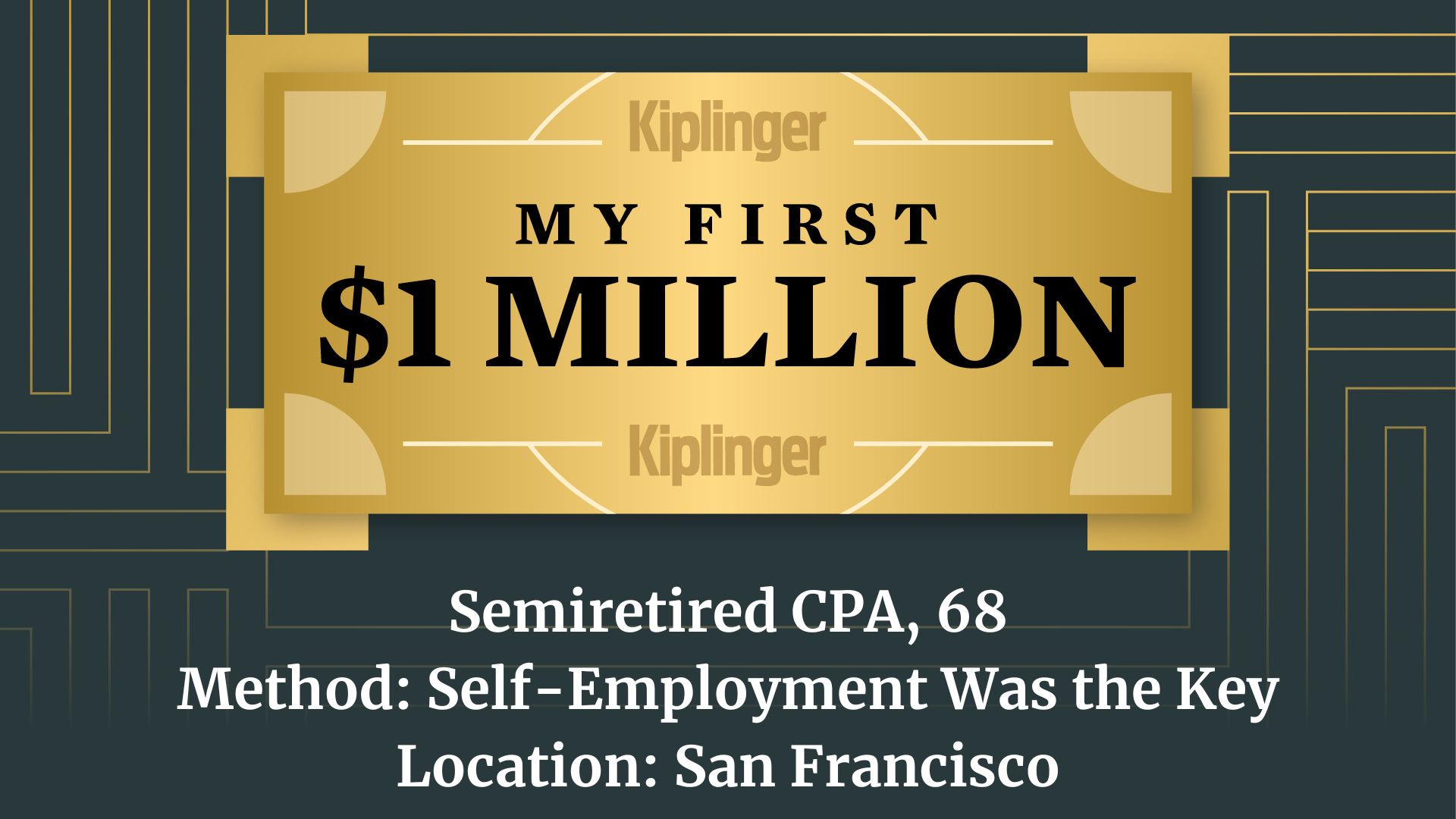These Eight States Have the Most Expensive Home Insurance in 2025
If you live in one of these eight states, you're probably paying $1,000 or more above the national average for home insurance.


Home insurance rates have skyrocketed over the past few years as natural disasters and extreme weather become more frequent and the costs of home repairs keep climbing.
While homeowners everywhere are feeling the pinch, some states have been hit harder than others. U.S. homeowners are paying an average of $2,408 per year for $300,000 in dwelling coverage, according to a recent Bankrate report. However, homeowners in eight states are paying significantly more than the national average.
That figure doesn't even include additional coverage for events like floods, earthquakes and other disasters that standard home insurance doesn't cover.
From just $107.88 $24.99 for Kiplinger Personal Finance
Become a smarter, better informed investor. Subscribe from just $107.88 $24.99, plus get up to 4 Special Issues

Sign up for Kiplinger’s Free Newsletters
Profit and prosper with the best of expert advice on investing, taxes, retirement, personal finance and more - straight to your e-mail.
Profit and prosper with the best of expert advice - straight to your e-mail.
Eight states with the most expensive home insurance in 2025
If you're looking to move to cut down on housing costs, you might want to check out the states with the cheapest home insurance, especially if you live in one of the states below.
Before seeing who's paying the most to protect their homes, use the tool below from Bankrate to see how the best rates for you compare to the national average:

8. Colorado
Coming in eighth place, Colorado homeowners are paying an average of $3,375 per year for standard home insurance. Nestled between tornado alley to the east and fire country to the west, the Rocky Mountain state faces an above average risk of both natural disasters.
I''s the growing wildfire risk that has driven the surge in home insurance prices in the state this year. Colorado lawmakers are working on legislation to make the wildfire risk scoring models used by insurers more transparent. They're also trying to establish clearer guidelines on fire-proofing steps homeowners can take to protect themselves (and lower their premiums). If you live here, keep an eye out for changing laws.
7. Kentucky
In Kentucky, homeowners pay an average of $3,643 annually for home insurance. The state is too far inland for hurricanes, but it's still prone to strong summer storms. Come winter, freezing temperatures and heavy snow can cause damage, too. Many counties in Kentucky also have a high flood risk. So additional flood insurance is a good idea here.
6. Texas
Even insurance premiums are bigger in Texas. Homeowners in the state pay $4,101 per year on average, but some areas see even higher costs. In Corpus Christi, for example, home insurance premiums averaged $6,610.
The Lone Star state faces multiple threats, though the risks vary in different regions. In winter and spring tornadoes roll through the state on their way north. By summer, hot, dry conditions increase the risk of wildfires statewide. On the southern coast, hurricanes coming in from the Gulf can cause severe damage.
If you do live near the coast, double check your policy. In addition to excluding flood damage, standard policies in this region sometimes don't cover wind damage. Without flood or wind coverage, you'll be more or less on your own next hurricane season. So make sure you know what your policy covers and purchase any additional coverage you need to fully protect your home.
5. Kansas
Homeowners in Kansas pay $4,402 per year on average for standard homeowner's insurance. If you've seen The Wizard of Oz, you know exactly why Kansas made the list of states with the most expensive home insurance.
It's right in the middle of tornado alley, seeing an average of 96 tornadoes per year, according to the National Weather Service. The risk is highest in summer. While these are typically covered in a standard policy, it's important to track any damage and be ready with relevant documents before making a tornado-related claim.
4. Oklahoma
Like Kansas, Oklahoma residents face above average home insurance premiums due to the higher risk of tornadoes and wind-heavy thunderstorms. The average premium for the state is $4,613 per year, according to the Bankrate report. Tornadoes are most likely to happen in spring here.
Homeowners in the eastern half of the state also face higher risks of flooding, a disaster that typically isn't covered by standard insurance. So they need to pay even more to add flood coverage.
3. Florida
Florida comes in at third place, with average home insurance premiums of $5,761. While that statewide average isn't the highest in the U.S., some Florida homeowners face even more exorbitant prices. In Hollywood, for example, home insurance averages $10,862 per year.
Florida made headlines last year as the state was pummeled by back-to-back hurricanes. It's often in the path of powerful storms, which is a major reason why home insurance is so expensive in the state.
Florida also has a very high risk of flooding, something that's excluded from standard coverage. So, if you are planning a move to the Sunshine State, make sure you budget for additional flood insurance as well as above-average home insurance premiums.
2. Louisiana
In Louisiana you can expect to pay $6,274 per year on average for a standard policy. The state experiences more than its fair share of hurricanes each year and many parts of the state also face an extremely high risk of flooding. This is not the place to skimp on flood insurance.
Likewise, it may also be worth checking your deductible for hurricane-related damage. The slight increase in premiums to lower your deductible could pay off next time you have to file a hurricane insurance claim.
1. Nebraska
You might be surprised to see this midwestern state beating out Florida for the highest average home insurance premiums. But Nebraskan homeowners are paying $6,366 annually for coverage, according to Bankrate.
The reason for the sky high premiums largely comes down to Nebraska's harsh storm season – it's one of the worst states for hail damage and intense winds.
Get more insurance tips and other personal finance insights straight to your inbox. Subscribe to our daily newsletter, A Step Ahead.
Related Content
Profit and prosper with the best of Kiplinger's advice on investing, taxes, retirement, personal finance and much more. Delivered daily. Enter your email in the box and click Sign Me Up.

Rachael Green is a personal finance eCommerce writer specializing in insurance, travel, and credit cards. Before joining Kiplinger in 2025, she wrote blogs and whitepapers for financial advisors and reported on everything from the latest business news and investing trends to the best shopping deals. Her bylines have appeared in Benzinga, CBS News, Travel + Leisure, Bustle, and numerous other publications. A former digital nomad, Rachael lived in Lund, Vienna, and New York before settling down in Atlanta. She’s eager to share her tips for finding the best travel deals and navigating the logistics of managing money while living abroad. When she’s not researching the latest insurance trends or sharing the best credit card reward hacks, Rachael can be found traveling or working in her garden.
-
 Are You Afraid of an IRS Audit? 8 Ways to Beat Tax Audit Anxiety
Are You Afraid of an IRS Audit? 8 Ways to Beat Tax Audit AnxietyTax Season Tax audit anxiety is like a wild beast. Here’s how you can help tame it.
-
 The Kiplinger Letter's 10 Forecasts for 2026
The Kiplinger Letter's 10 Forecasts for 2026The Kiplinger Letter Here are some of the biggest events and trends in economics, politics and tech that will shape the new year.
-
 We're retired and mortgage-free, but he wants to downsize.
We're retired and mortgage-free, but he wants to downsize.We've paid off our mortgage, have $970K in savings and $5K each month from Social Security. Kiplinger asked wealth planners for advice.
-
 Is Your Emergency Fund Running Low? Here's How to Bulk It Back Up
Is Your Emergency Fund Running Low? Here's How to Bulk It Back UpIf you're struggling right now, you're not alone. Here's how you can identify financial issues, implement a budget and prioritize rebuilding your emergency fund.
-
 My First $1 Million: Semiretired CPA, 68, San Francisco
My First $1 Million: Semiretired CPA, 68, San FranciscoEver wonder how someone who's made a million dollars or more did it? Kiplinger's My First $1 Million series uncovers the answers.
-
 I'm a Wealth Adviser: These Are the 7 Risks Your Retirement Plan Should Address
I'm a Wealth Adviser: These Are the 7 Risks Your Retirement Plan Should AddressYour retirement needs to be able to withstand several major threats, including inflation, longevity, long-term care costs, market swings and more.
-
 Tip: Ways to Track Your Credit Card Rewards
Tip: Ways to Track Your Credit Card RewardsHere are the best strategies and apps to help you stay current with your credit card rewards.
-
 Do You Have an Insurance Coverage Gap for Your Valuables? You May Be Surprised to Learn You Do
Do You Have an Insurance Coverage Gap for Your Valuables? You May Be Surprised to Learn You DoStandard homeowners insurance usually has strict limits on high-value items, so you should formally "schedule" these valuable possessions with your insurer.
-
 How We Manage Our Finances Together as a Married Couple
How We Manage Our Finances Together as a Married CoupleDouglas Boneparth, a certified financial planner, and his wife, Heather Boneparth, speak with Kiplinger about couples managing finances.
-
 How AI Is Changing the Way Americans Spend on Live Events
How AI Is Changing the Way Americans Spend on Live EventsAI bots are reshaping ticket prices, resale markets and how fans shop. Here's what it means for your wallet and how to get the best deals on concerts, sports and shows.
-
 What Bilt Cardholders Need to Know as Wells Fargo Exits the Program
What Bilt Cardholders Need to Know as Wells Fargo Exits the ProgramA major shake-up in the Bilt Rewards program could affect your credit card, rent rewards and points strategy heading into 2026.